Preceded by Sir Robert Robinson Children Anne Adrian Died August 4, 1977, Cambridge | Name Edgar Adrian Nationality United Kingdom | |
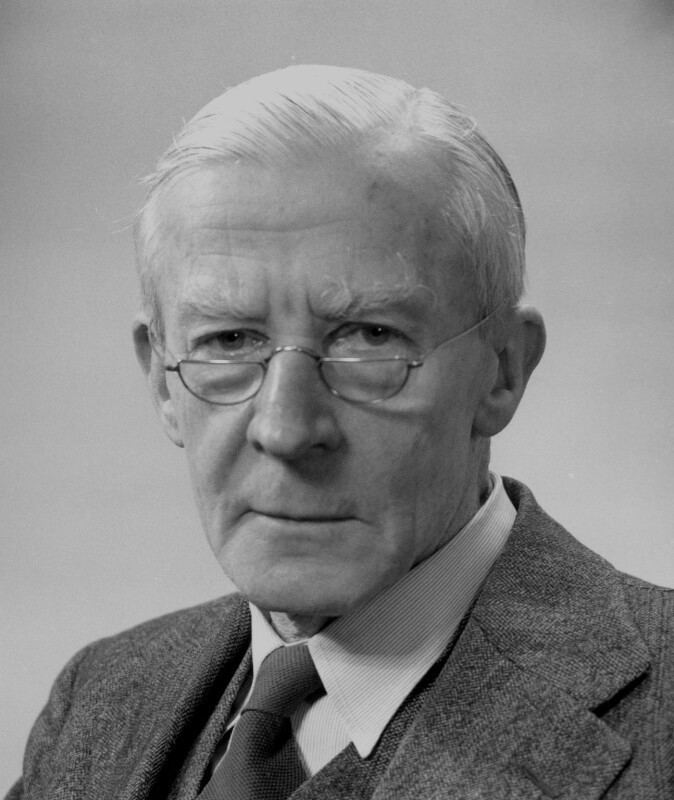 | ||
Born 30 November 1889Hampstead, London, England ( 1889-11-30 ) Notable awards Fellow of the Royal SocietyNobel Prize in Physiology or Medicine 1932Royal Medal (1934)Copley Medal (1946)Albert Medal (1953) Books The Mechanism of Nervous Action Parents Alfred D. Adrian, Flora Lavinia Barton Similar People Charles Scott Sherrington, Simon Keynes, John Eccles, Archibald Hill, Ragnar Granit | ||
Edgar Adrian, 1st Baron Adrian | Wikipedia audio article
Edgar Douglas Adrian, 1st Baron Adrian (30 November 1889 – 4 August 1977) was an English electrophysiologist and recipient of the 1932 Nobel Prize for Physiology, won jointly with Sir Charles Sherrington for work on the function of neurons. He provided experimental evidence for the all-or-none law of nerves.
Contents
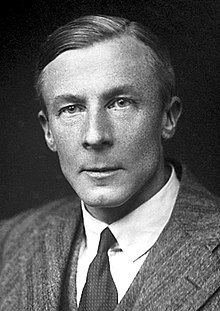
Biography

Adrian was born at Hampstead, London, to Alfred Douglas Adrian, legal adviser to the Local Government Board, and Flora Lavinia Barton. He attended Westminster School and studied Natural Sciences at Trinity College, Cambridge, graduating in 1911 and in 1913, he was elected to a Fellowship of Trinity College on account of his research into the "all or none" law of nerves.
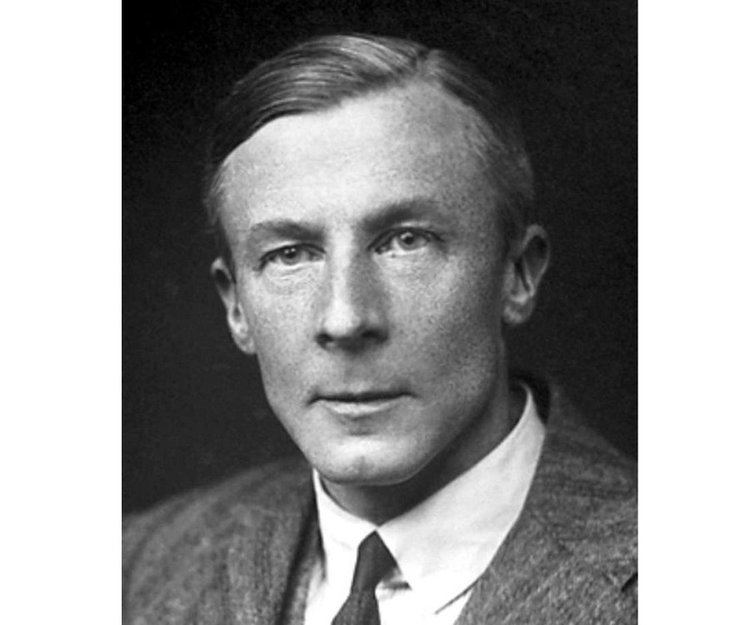
After completing a medical degree in 1915, he did clinical work at St Bartholomew's Hospital London during World War I, treating soldiers with nerve damage and nervous disorders such as shell shock. Adrian returned to Cambridge as a lecturer and in 1925 began research on the human sensory organs by electrical methods.
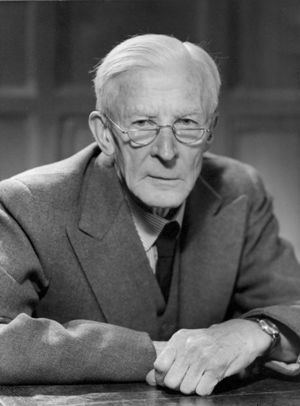
Adrian married Hester Agnes Pinsent on 14 June 1923 and they had three offspring – a daughter and mixed twins:
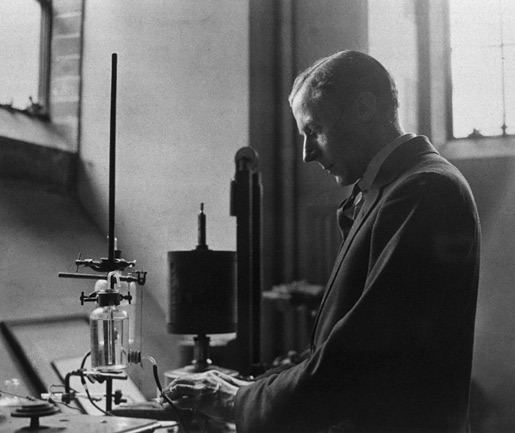
Career

Continuing earlier studies of Keith Lucas, he used a capillary electrometer and cathode ray tube to amplify the signals produced by the nervous system and was able to record the electrical discharge of single nerve fibres under physical stimulus. An accidental discovery by Adrian in 1928 proved the presence of electricity within nerve cells. Adrian said,
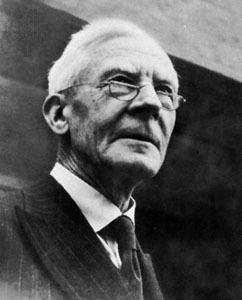
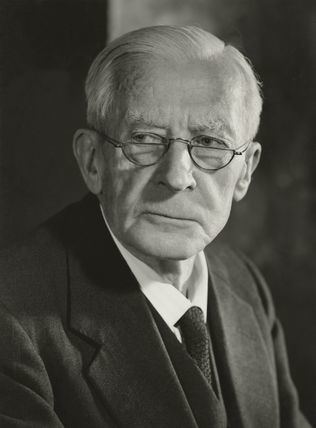
A key result, published in 1928, stated that the excitation of the skin under constant stimulus is initially strong but gradually decreases over time, whereas the sensory impulses passing along the nerves from the point of contact are constant in strength, yet are reduced in frequency over time, and the sensation in the brain diminishes as a result.

Extending these results to the study of pain causes by the stimulus of the nervous system, he made discoveries about the reception of such signals in the brain and spatial distribution of the sensory areas of the cerebral cortex in different animals. These conclusions lead to the idea of a sensory map, called the homunculus, in the somatosensory system.
Later, Adrian used the electroencephalogram to study the electrical activity of the brain in humans. His work on the abnormalities of the Berger rhythm paved the way for subsequent investigation in epilepsy and other cerebral pathologies. He spent the last portion of his research career investigating olfaction.
Positions that he held during his career included Foulerton Professor 1929–1937; Professor of Physiology in the University of Cambridge 1937–1951; President of the Royal Society 1950–1955; Master of Trinity College, Cambridge, 1951–1965; president of the Royal Society of Medicine 1960–1962; Chancellor of the University of Cambridge 1967–1975; Chancellor of the University of Leicester 1957–1971. Adrian was elected a Foreign Honorary Member of the American Academy of Arts and Sciences in 1938. In 1946 he became foreign member of the Royal Netherlands Academy of Arts and Sciences. In 1942 he was awarded membership to the Order of Merit and in 1955 was created Baron Adrian, of Cambridge in the County of Cambridge.
